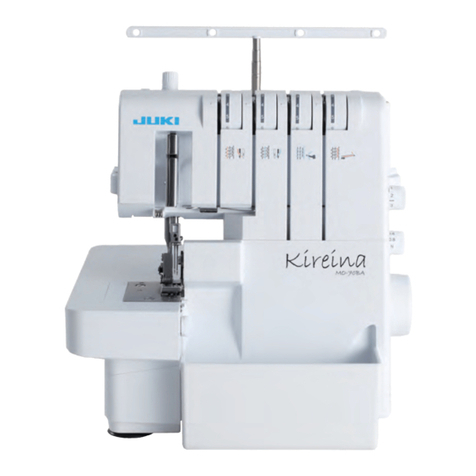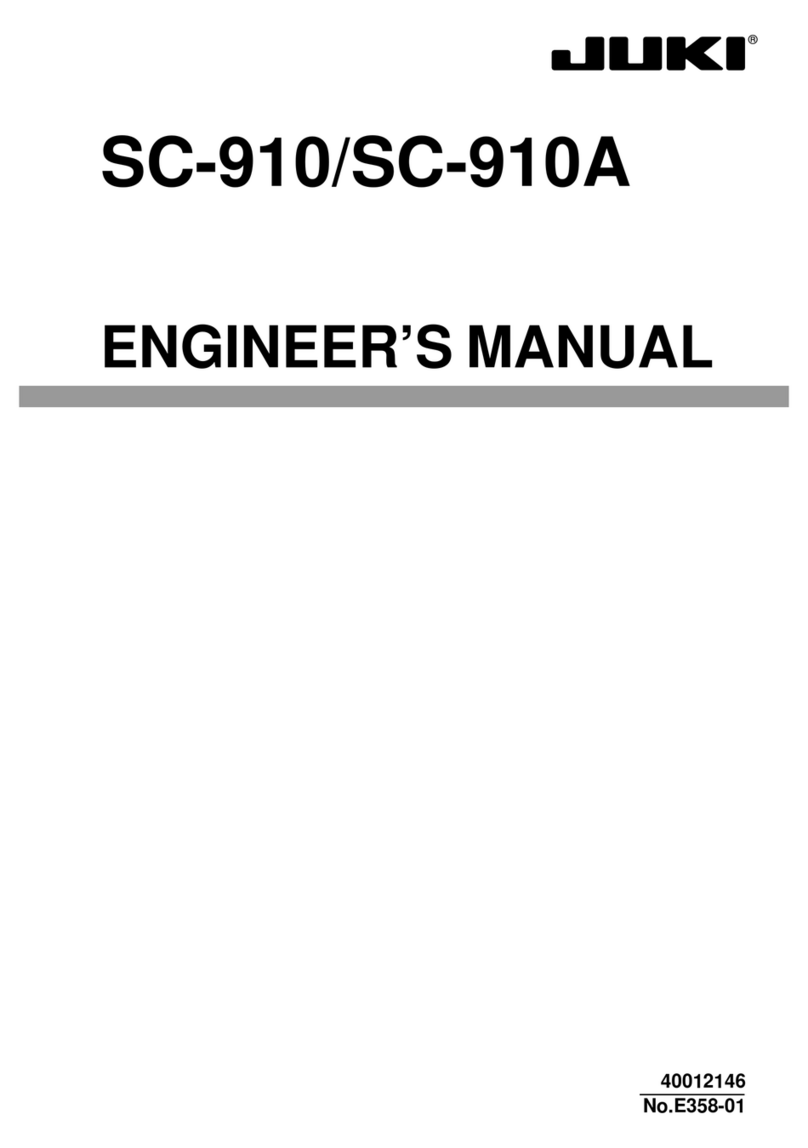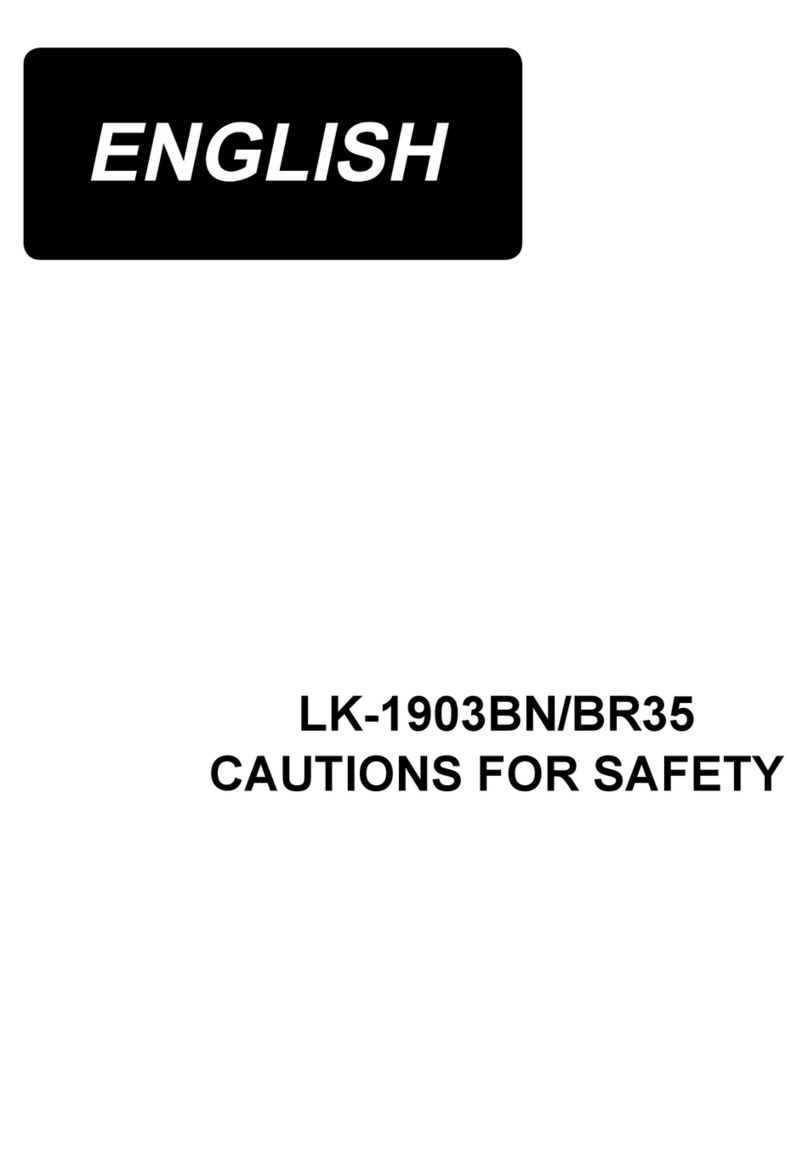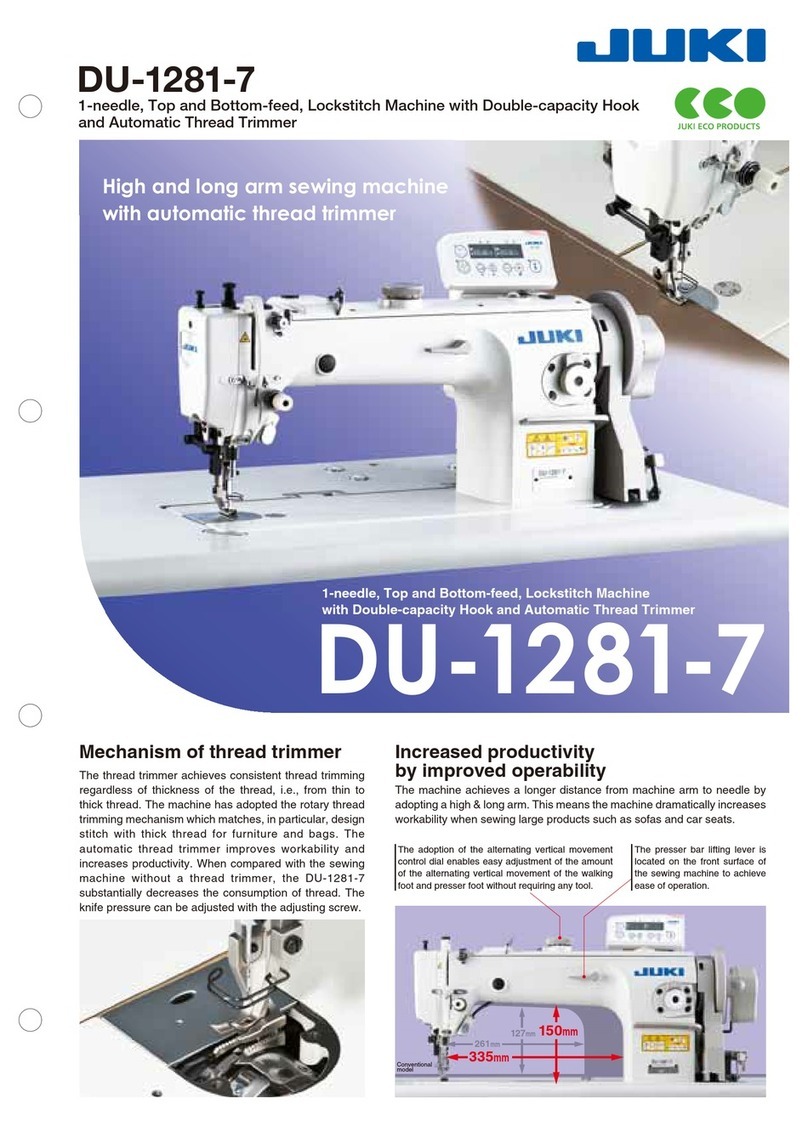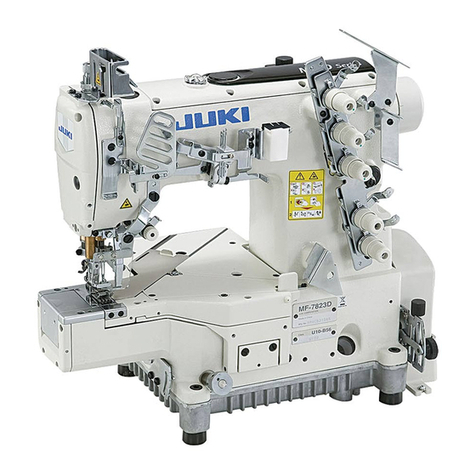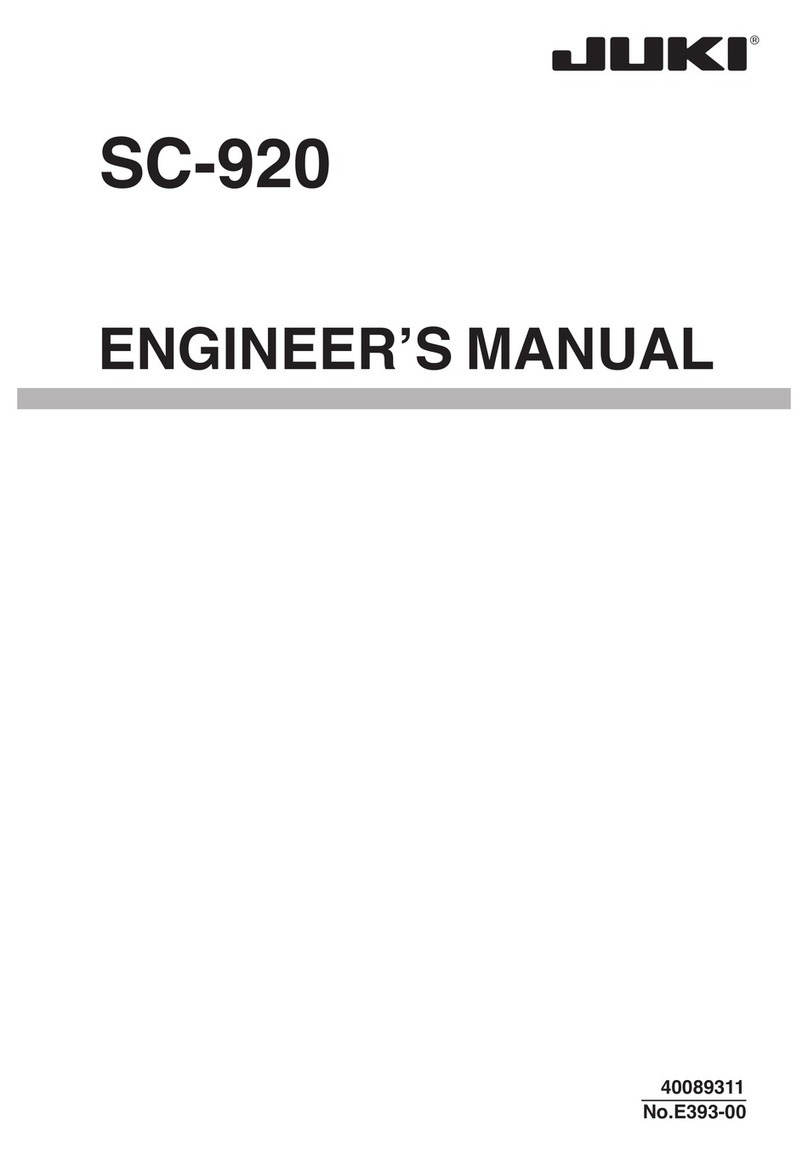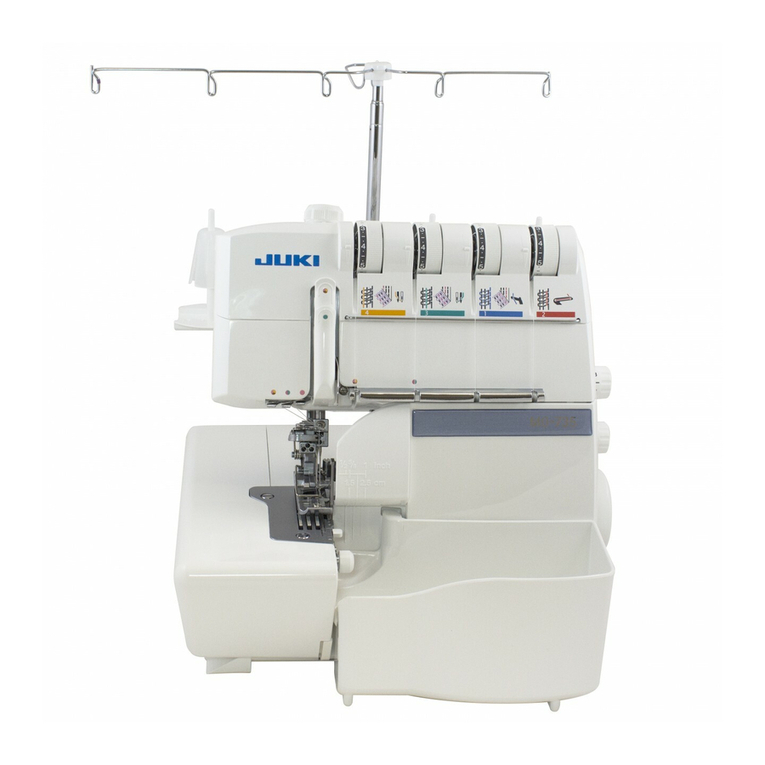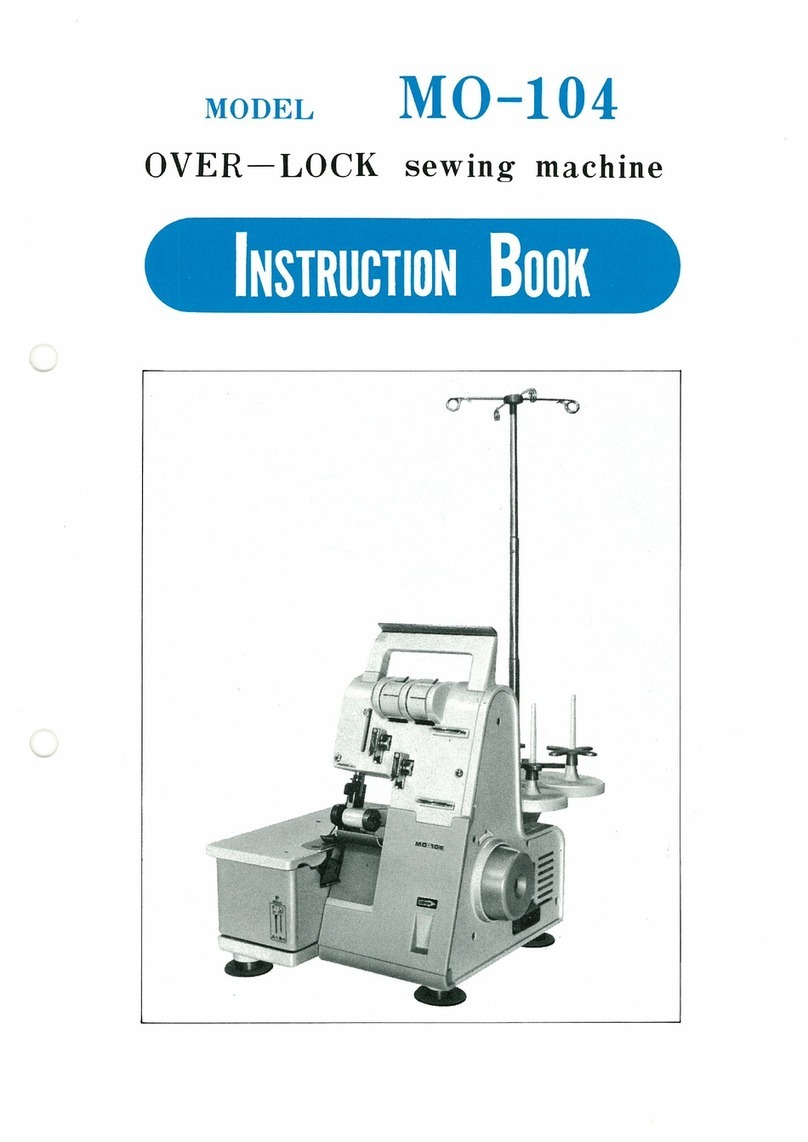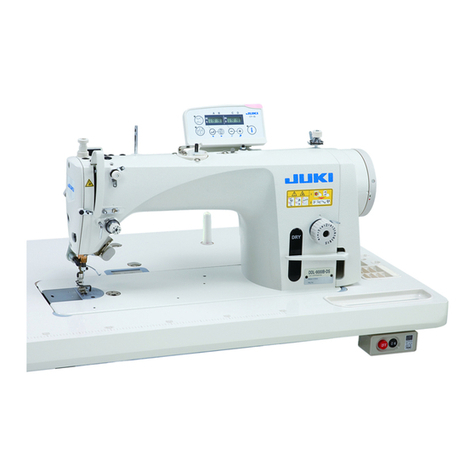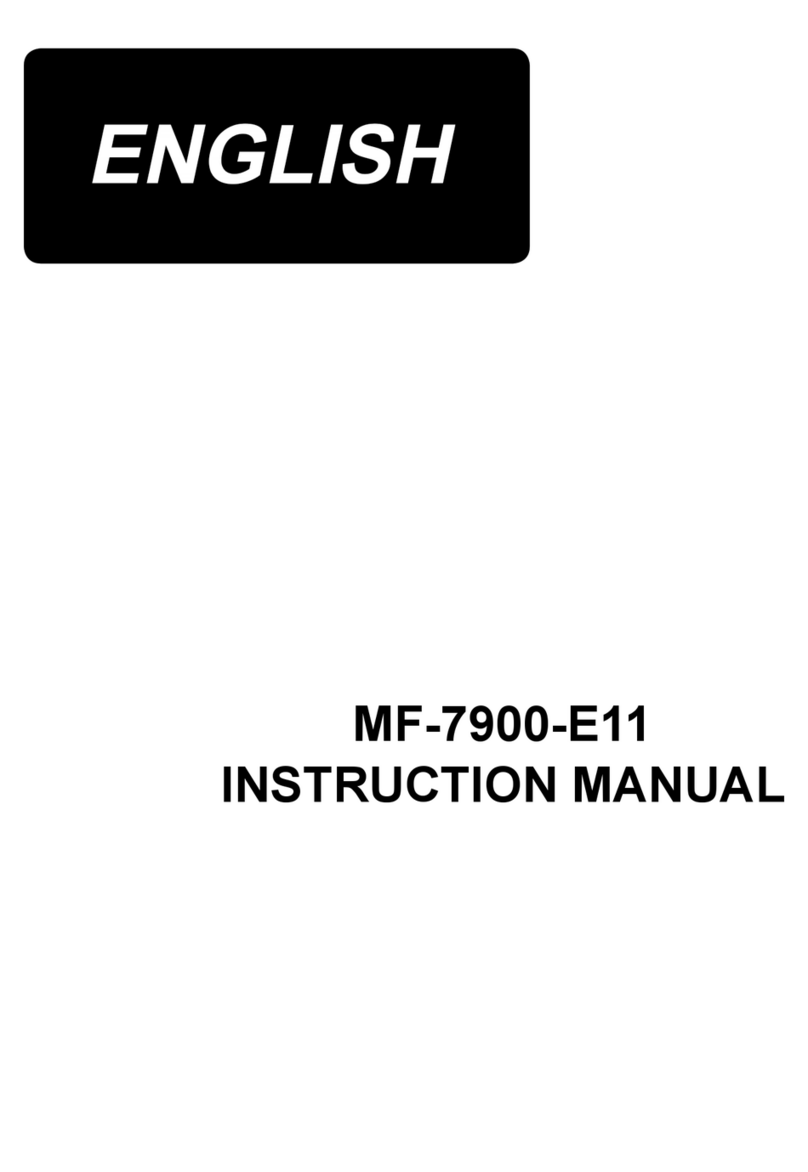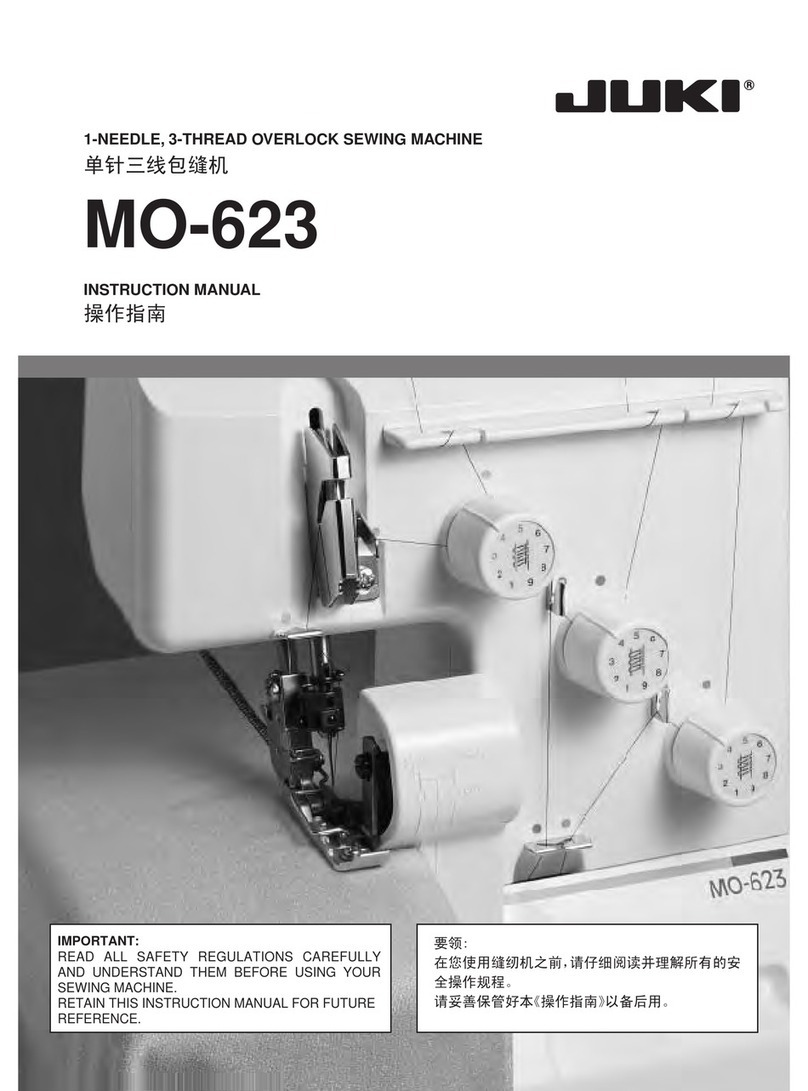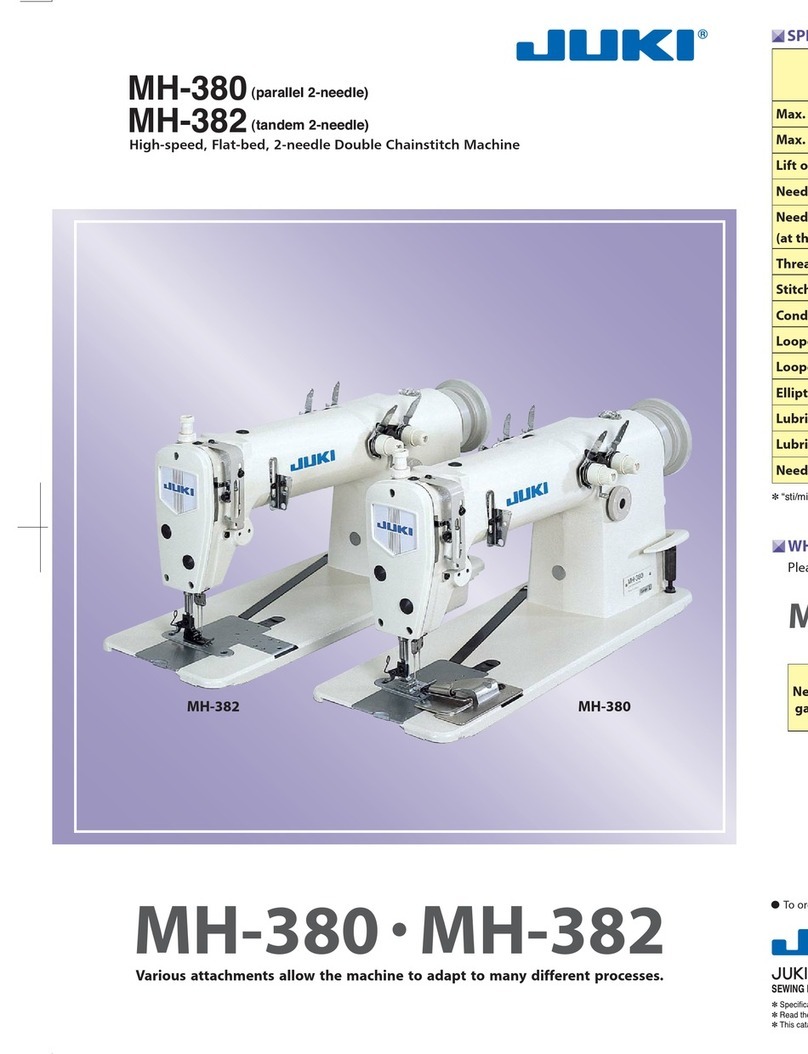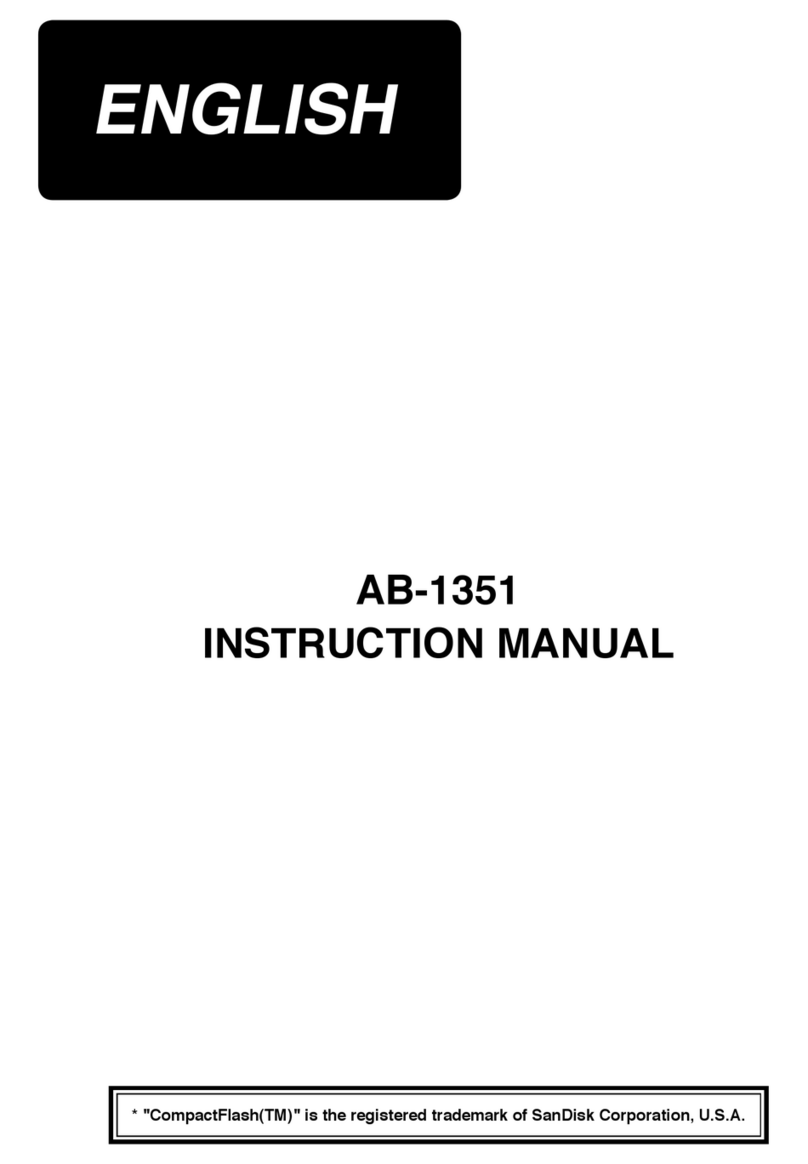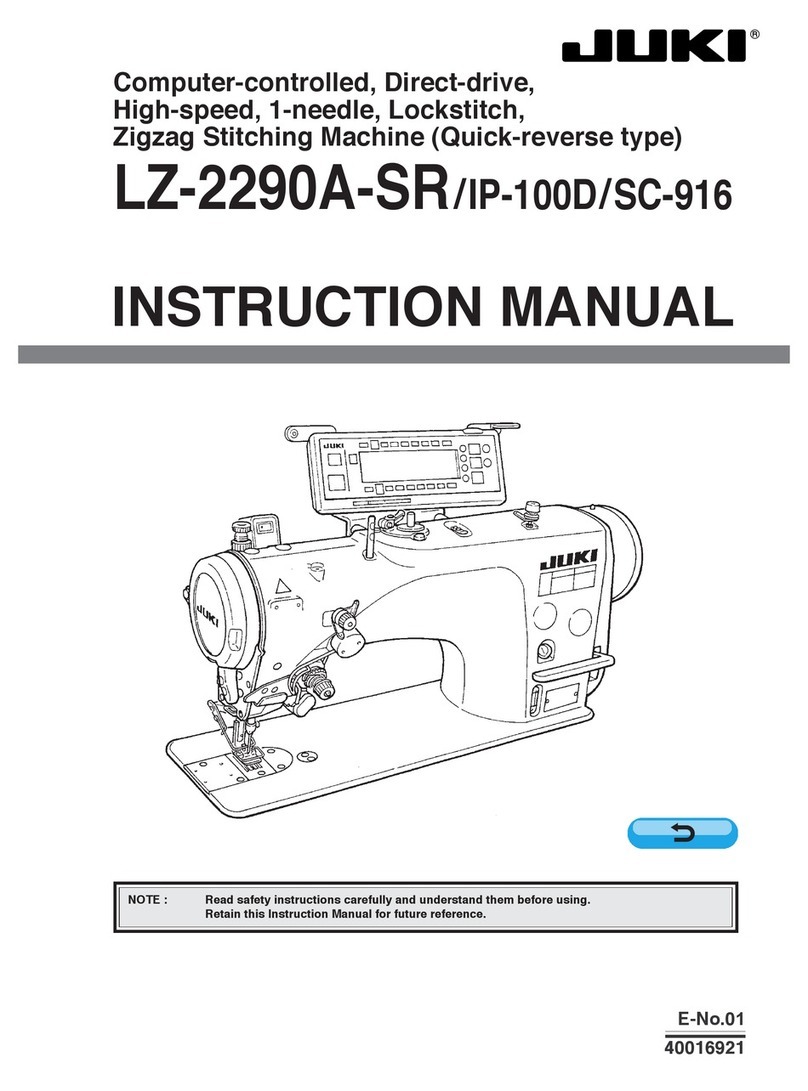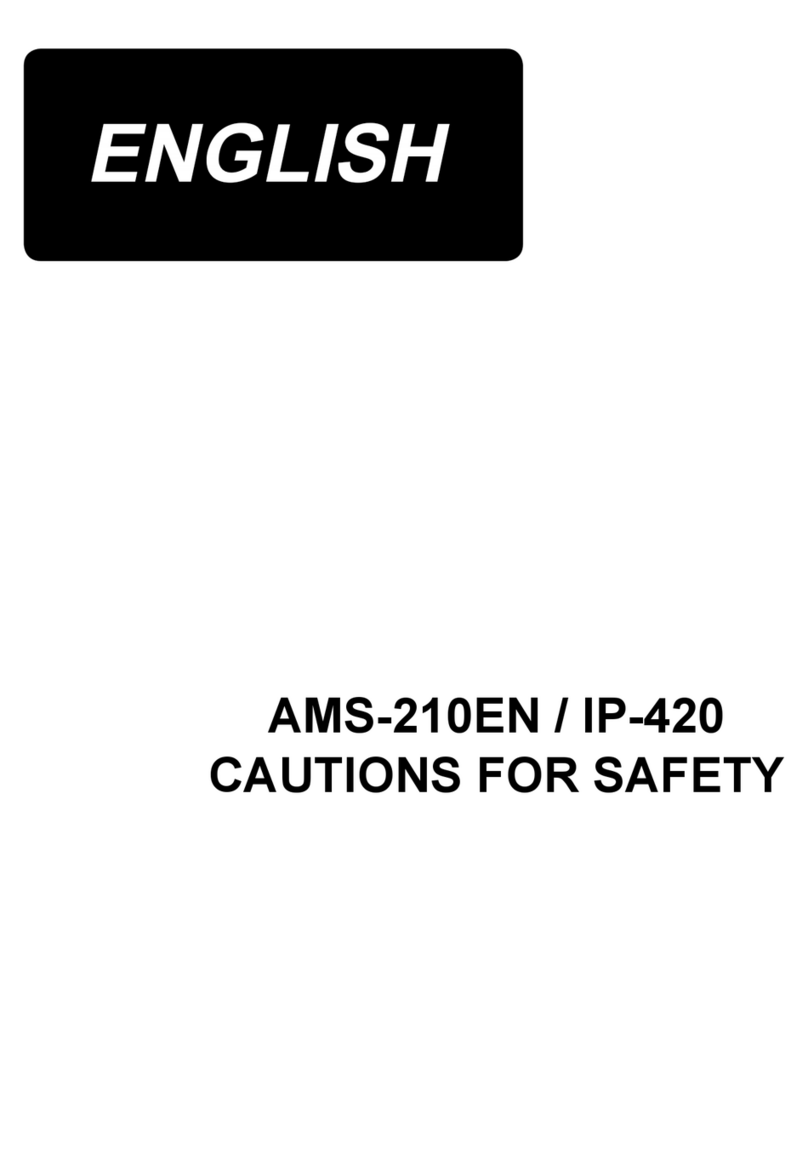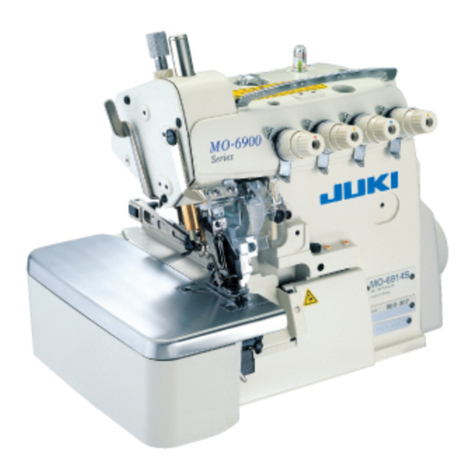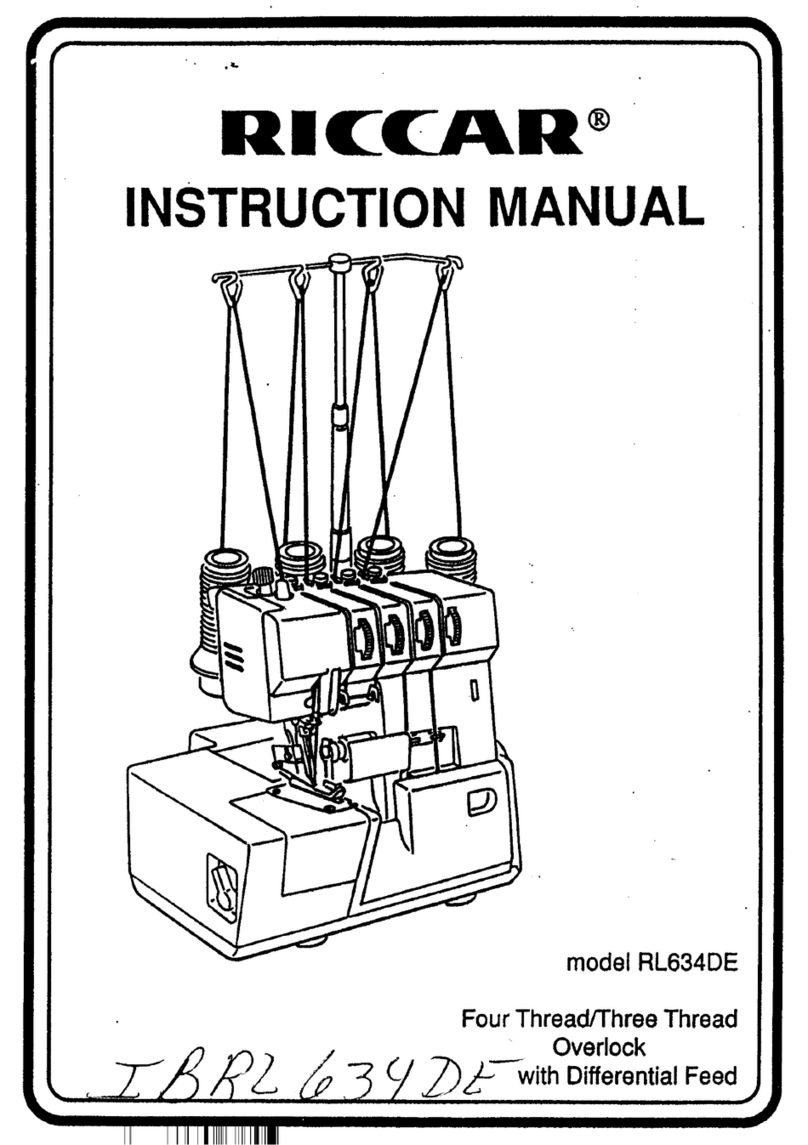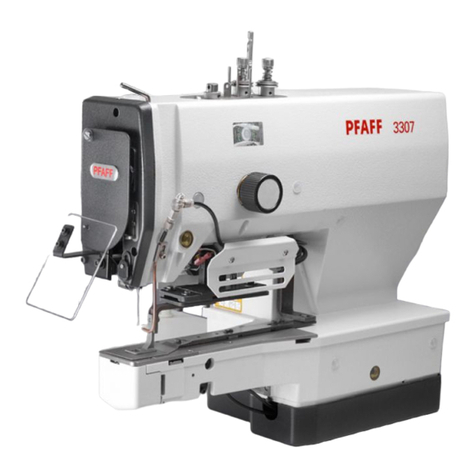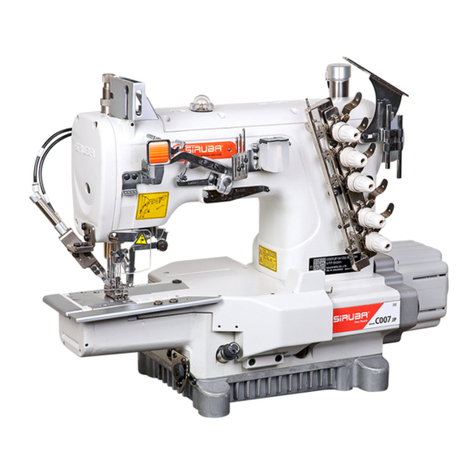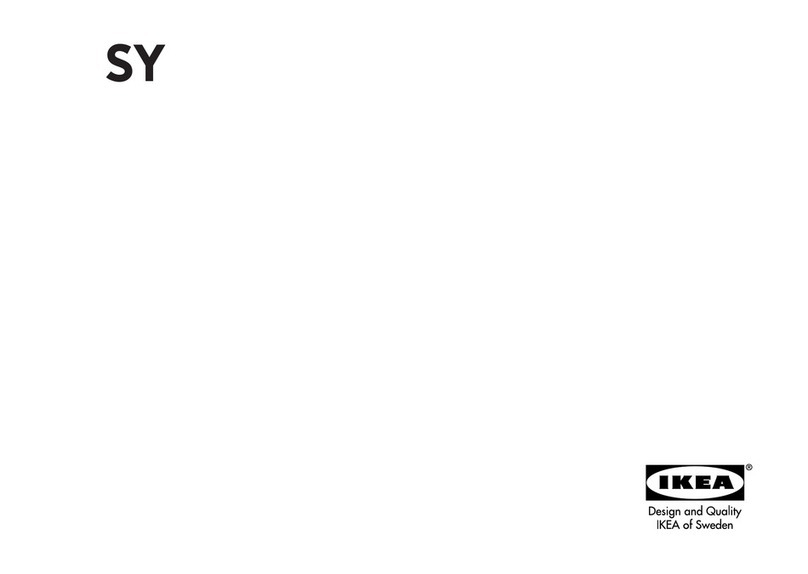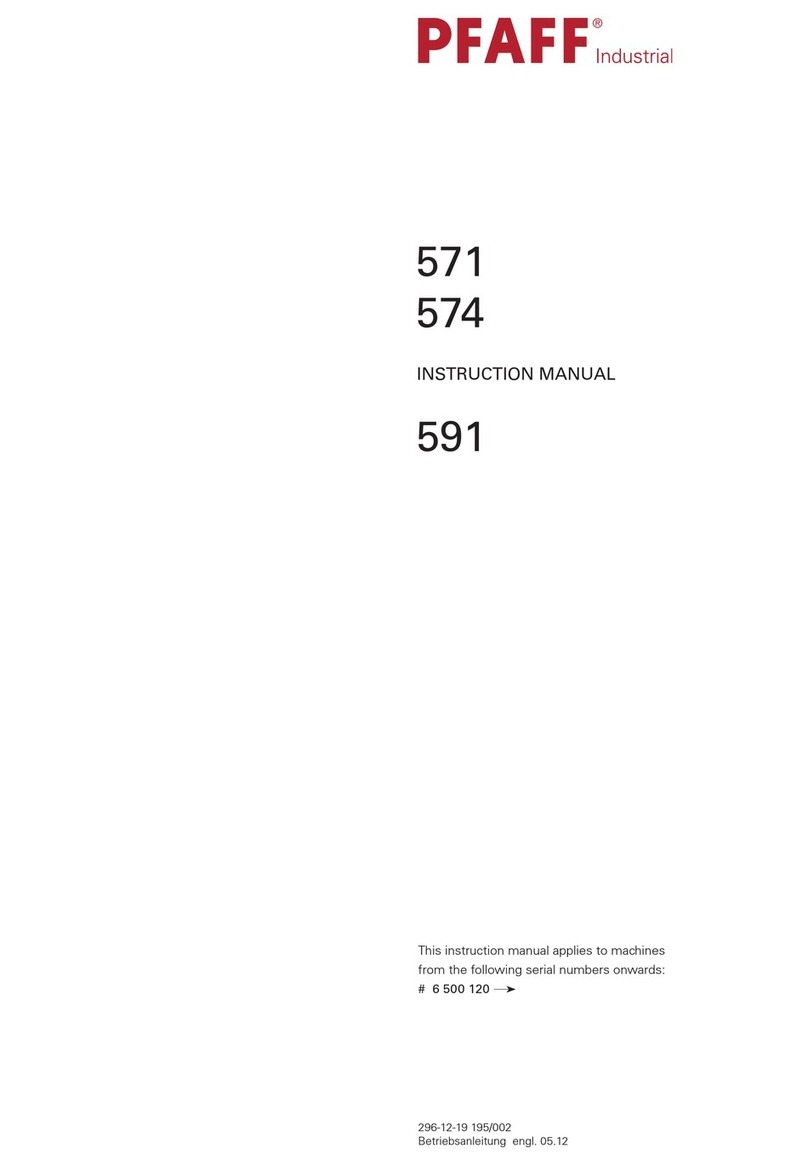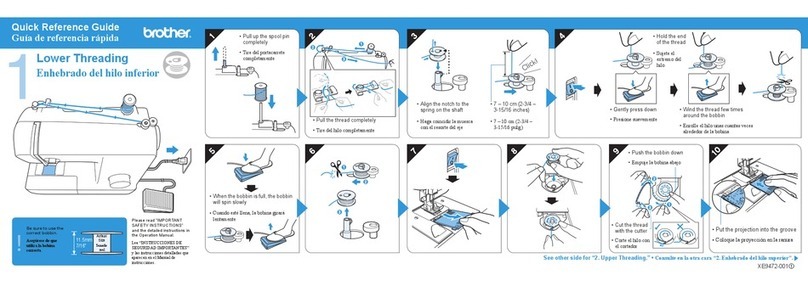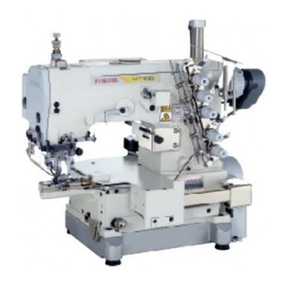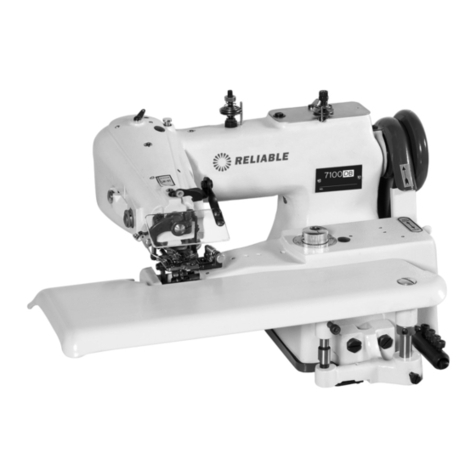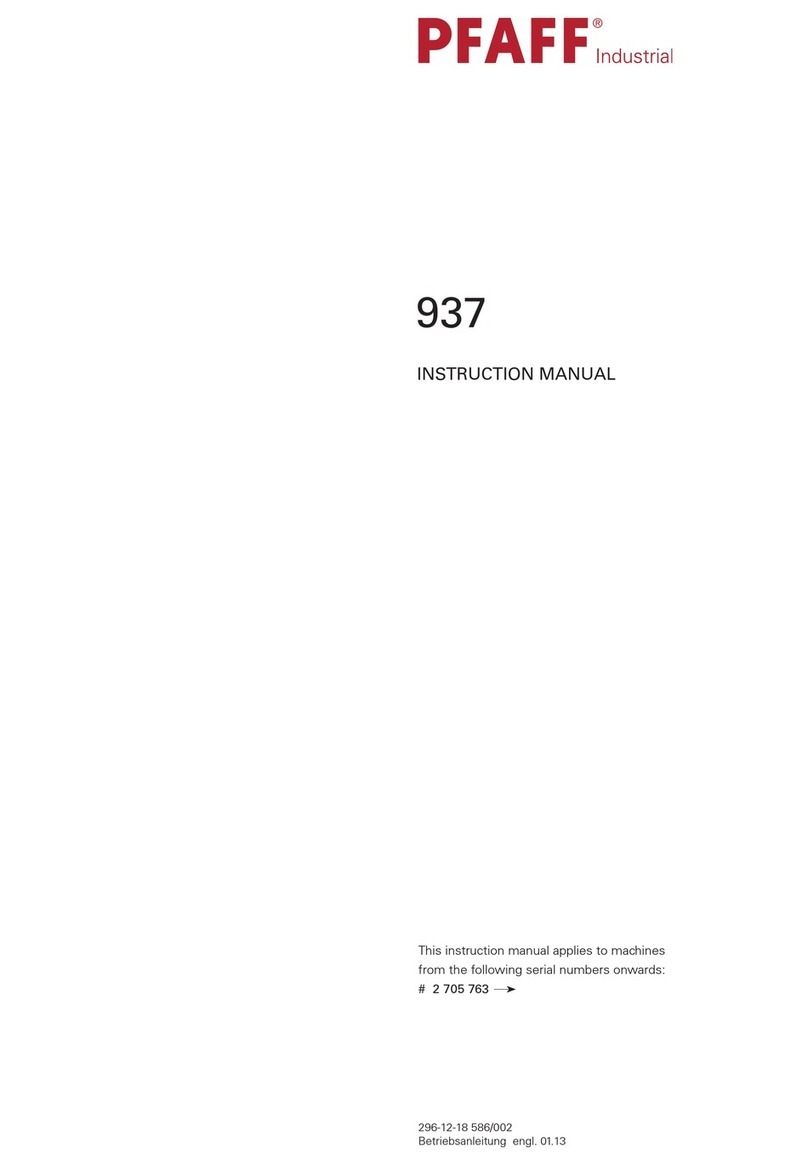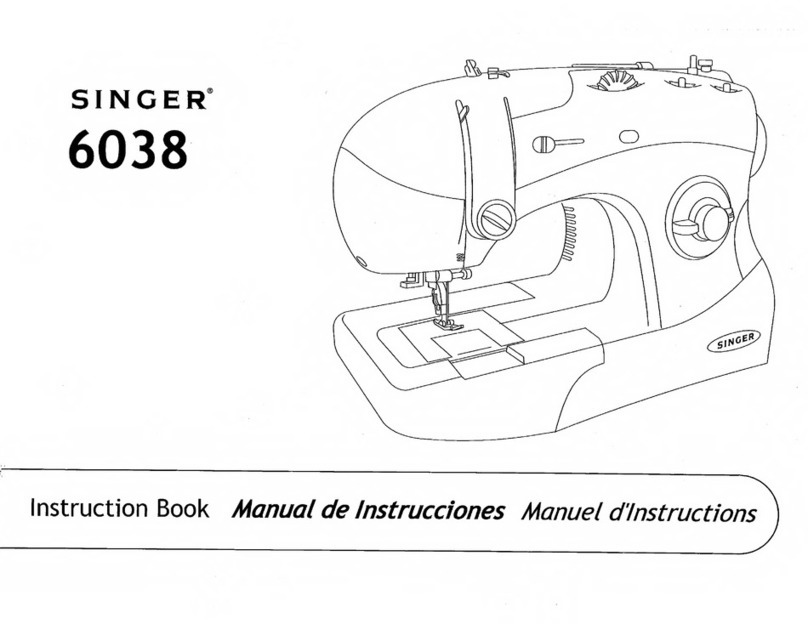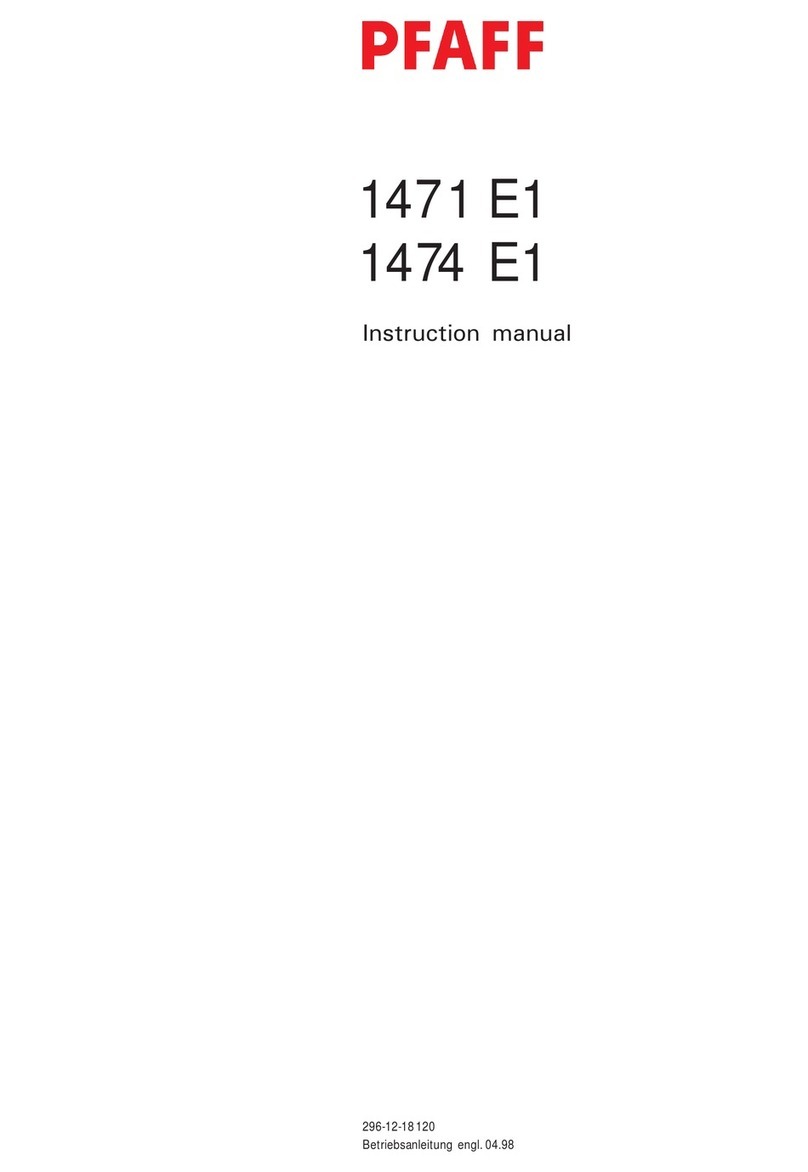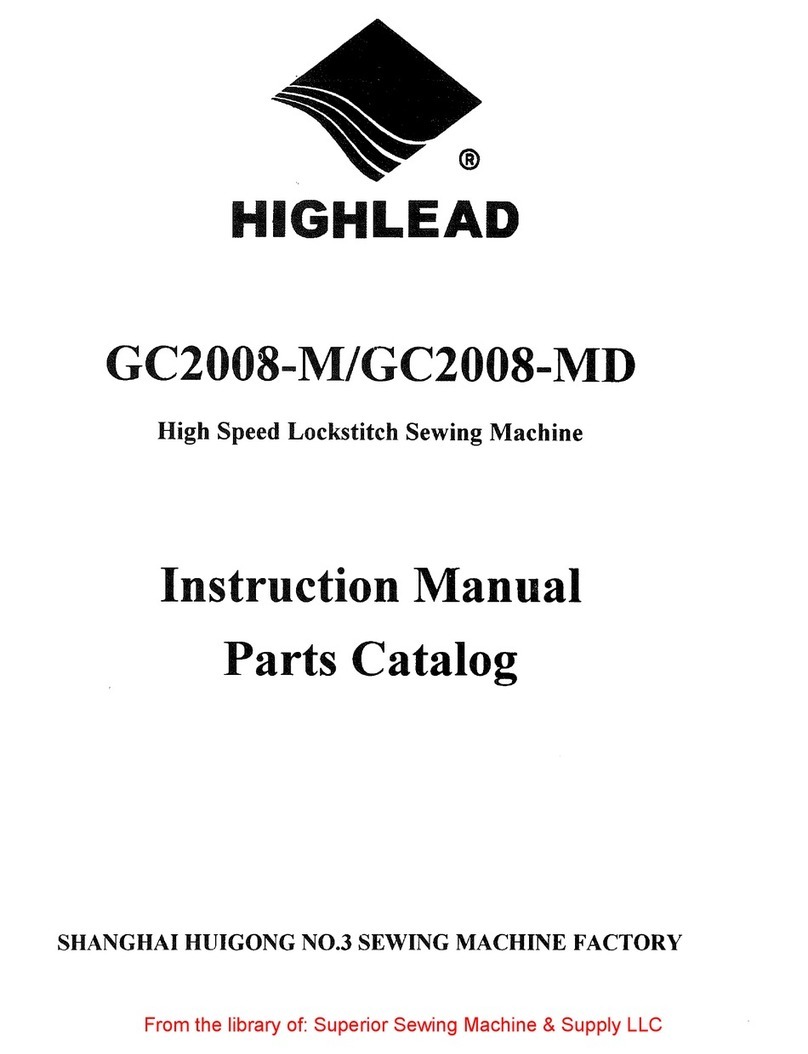
i
CONTENTS
!. SPECIFICATIONS ..................................................................................... 1
@. SET-UP...................................................................................................... 1
1. Installing to the table..........................................................................................................................1
2. Installing the motor unit.....................................................................................................................2
3. Installing the control box ...................................................................................................................2
4. Installing the belt ................................................................................................................................3
5. Adjusting the pulley cover.................................................................................................................3
6.
Installation and adjustment for the protecting pin and the belt slip-off preventing bracket................... 4
7. Connecting the cords.........................................................................................................................5
8. Attaching the connecting rod..........................................................................................................13
9. Setting procedure of the machine head .........................................................................................14
10. Adjusting the machine head (direct-drive motor type sewing machine only) ............................15
#. FOR THE OPERATOR ............................................................................ 16
1. Operating procedure of the sewing machine.................................................................................16
2. Operation panel (CP-18)...................................................................................................................17
3. Operating procedure of the sewing pattern ................................................................................... 18
(1) Reverse feed stitching pattern ......................................................................................................18
(2) Overlapped stitching pattern......................................................................................................... 19
4. One-touch setting .............................................................................................................................20
5. Production support function ...........................................................................................................22
6. Setting of functions of SC-922 ........................................................................................................25
7. Function setting list..........................................................................................................................27
8. Detailed explanation of selection of functions ..............................................................................33
9. Automatic compensation of neutral point of the pedal sensor ................................................... 47
10.Selectionofthepedalspecications..............................................................................................47
11. Setting of the auto lifter function ....................................................................................................48
12. Selecting procedure of the key-lock function................................................................................49
13. Initialization of the setting data .......................................................................................................49
14. External input / output connector ...................................................................................................50
15. How to connect the material edge sensor......................................................................................51
$. MAINTENANCE ...................................................................................... 52
1. Removing the rear cover.................................................................................................................. 52
2. Replacing the fuse............................................................................................................................52
3. Error codes........................................................................................................................................53
